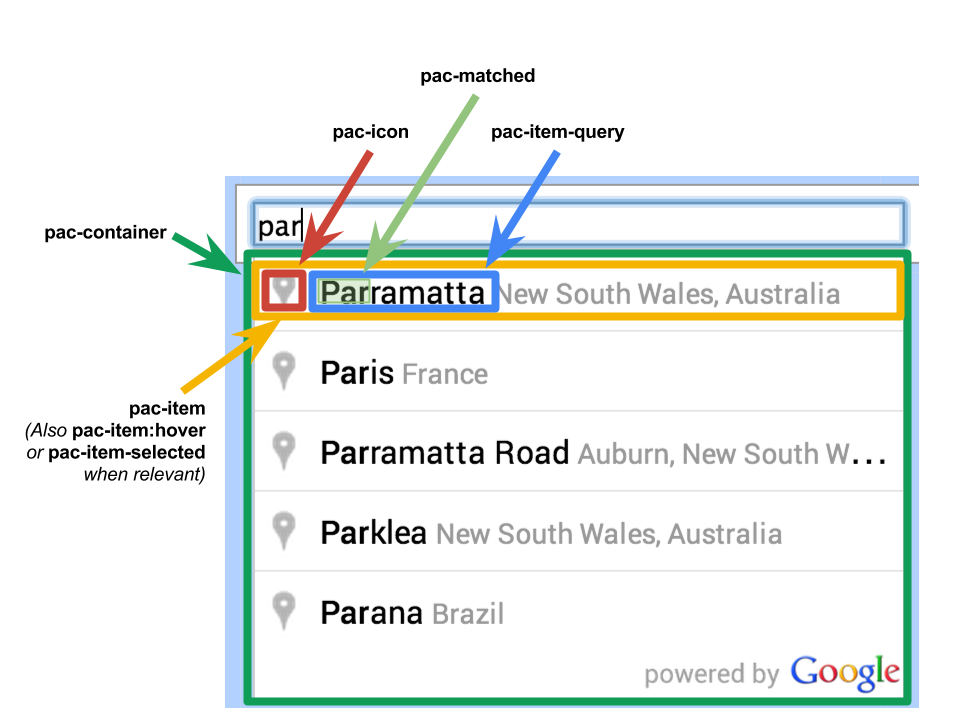

So use standard, meaningful values for name. Autocomplete and nameīrowsers use the name attribute in order to figure out what type of information an input field is asking for. In some complex apps, it makes sense to avoid accidental inputs, but with most standard forms there really is no reason for it.

There are are very few use cases in normal forms where it really makes sense to disallow autocomplete. As a UX designer, you should follow their lead and use autocomplete="off" sparingly. Ignoring the autocomplete="off" value is done to enhance usability, and gve the user more control over autocomplete behavior.
Hyperterm autocomplete password#
Safari ignores it for username, email, and password fields. Chrome ignores it any time the user has elected to let the browser remember form data. Firefox ignores it for any field in a login form. Internet Explorer and Edge ignore it for all password fields. Deliberately “broken”Īll the major browsers ignore the autocomplete="off" value for certain types of input fields. For autocomplete behavior with site-specific suggestions, use the list attribute with the element. The autocomplete feature is not able to provide the browser with a list of site-specific autocomplete options. This is useful for personal details like name and email address - things the user is likely to have types into similar input fields on other web sites. The autocomplete attribute asks the browser to attempt autocompletion, based on user history. With HTML5, the autocomplete attribute is an official part of the specification. So there has been wide support for it for a long time, although its exact behavior wasn’t standardized.

The autocomplete attribute was introduced as an unofficial HTML feature in Microsoft’s Internet Explorer, and was adopted by a number of other browsers.


 0 kommentar(er)
0 kommentar(er)
